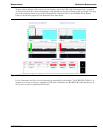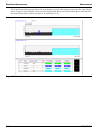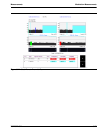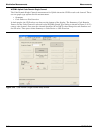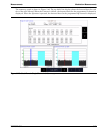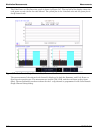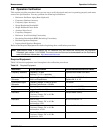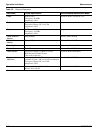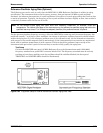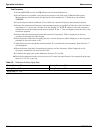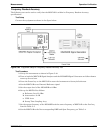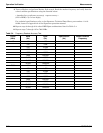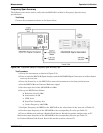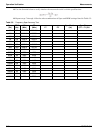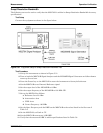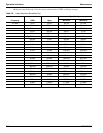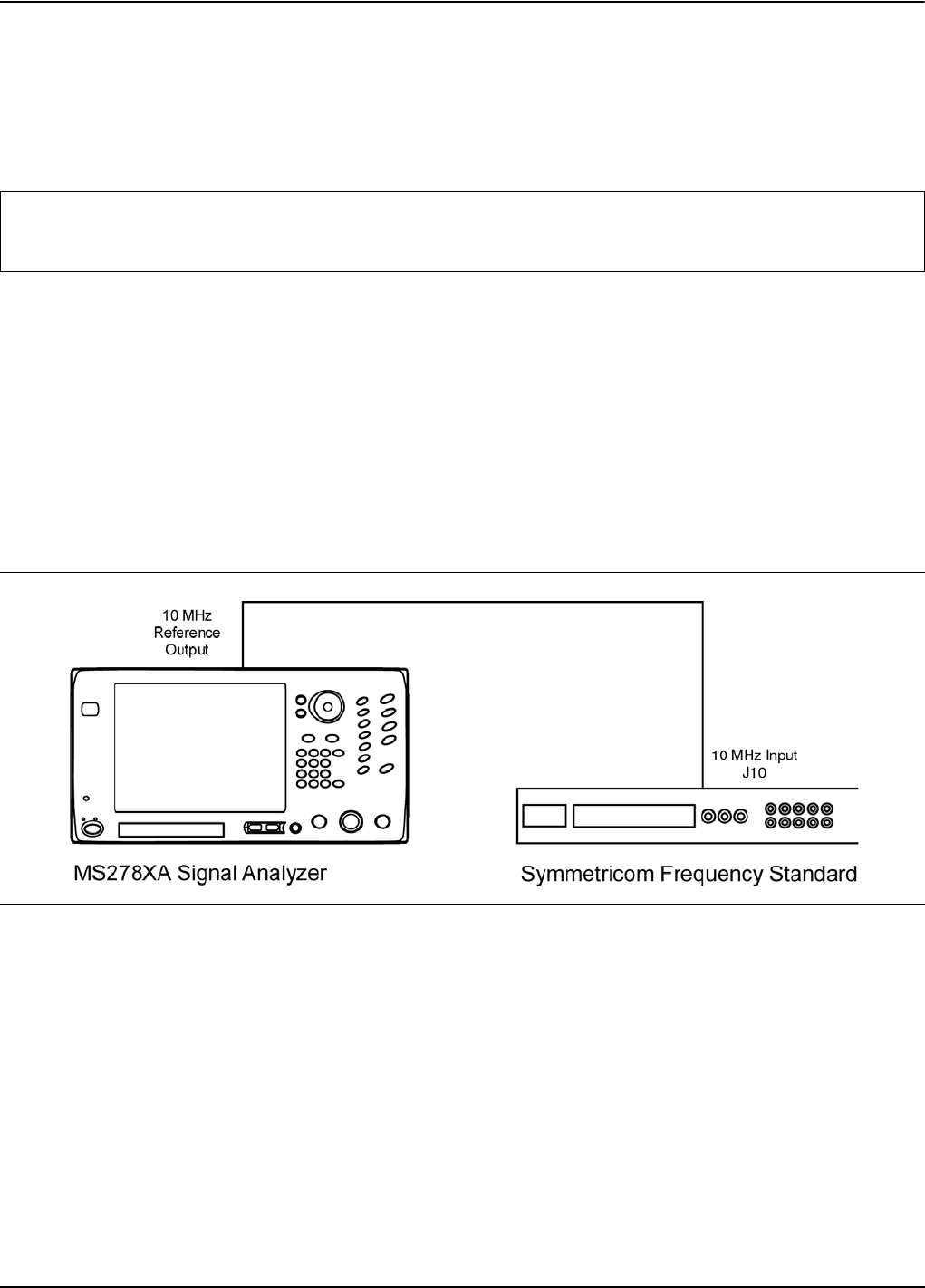
Measurements Operation Verification
MS278XB OM 5-73
Reference Oscillator Aging Rate (Optional)
The following test can be used to verify that the MS2781B 10 MHz Reference Oscillator is within its aging
specification. The instrument derives its frequency accuracy from an internal 10 MHz crystal oscillator
standard. An inherent characteristic of crystal oscillators is the effect of crystal aging within the first few days
to weeks of operation. Typically, the frequency of the crystal oscillator increases slightly at first, then settles to
a relatively constant value for the rest of its life.
For the greatest absolute frequency accuracy, allow the MS2781B to warm up until its output frequency has
stabilized (usually 7 to 30 days). Once stabilized, the change in reference oscillator frequency should remain
within the aging rate if (1) the reference oscillator oven is not allowed to cool, (2) the instrument orientation
with respect to the earth's magnetic field is maintained, (3) the instrument does not sustain any mechanical
shock, and (4) ambient temperature is held constant. This test should be performed upon receipt of the
instrument and again after a period of several days to weeks to fully qualify the aging rate.
Test Setup
Connect the MS278XB rear panel 10 MHz Reference Out to the Symmetricom model 9390-9600
frequency standard rear panel BNC connector labeled J10. The frequency standard must be actively
tracking at least three satellites, and the oscillator should be stabilized/locked (the front panel
TRACKING and LOCKED LEDs should be illuminated).
Note: Do not confuse crystal aging with other short term frequency instabilities, for example, noise and
temperature. The internal time base of the instrument may not achieve its specified aging rate before the
specified warm-up time of 7 to 30 days has elapsed; therefore, this performance test is optional.
Figure 5-48. Equipment Setup for Internal Reference Oscillator Aging Rate Tests



